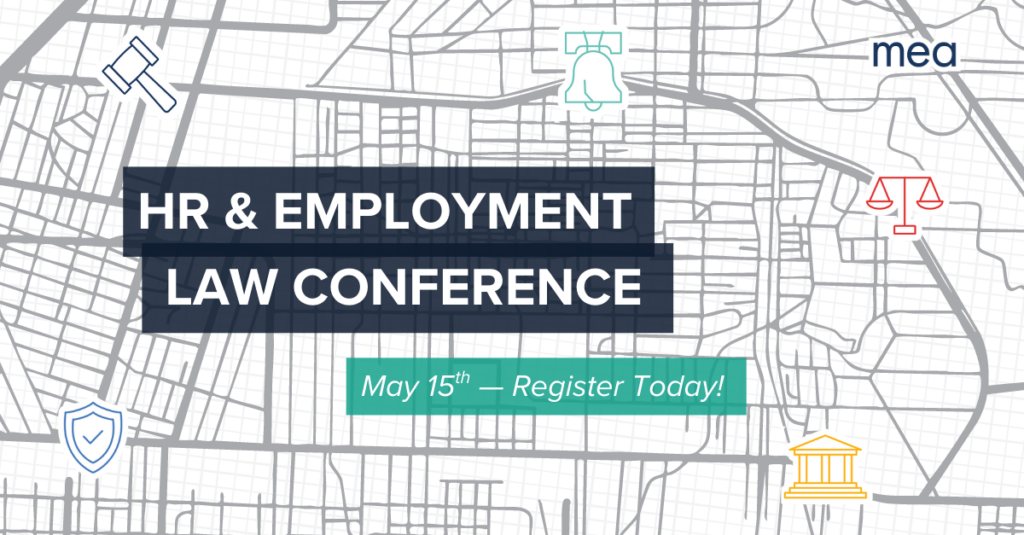Employee Engagement Surveys
Assess employee engagement with internal insights & benchmark data
Motivate Your Workforce with Employee Engagement Surveys
In today’s competitive landscape, it’s crucial for employers to prevent top talent from walking out the door. Disengaged employees often feel detached from their work and lack the motivation to perform their day-to-day responsibilities, leading them to seek alternative employment. MEA’s National Benchmark Employee Engagement Survey is designed to help you focus on the key criteria to improve your engagement levels to motivate and engage your workforce.
What’s Included in MEA’s Employee Engagement Survey Program
Easy-to-use, online or paper questionnaire that includes 68 rated and 2-4 open-ended questions
Analysis of engagement and satisfaction levels
Discernment of key drivers of engagement
National Engagement and Satisfaction benchmark data
Highly-valuable breakout analysis by employee subgroups
Comprehensive, easy-to-understand reports, highlighting trends and recommendations for action
A team of MEA professionals and an MEA project manager who manage the entire process
Presentation of Executive Summary to your Executive team
Ready to take your next step?
Reach out to discuss how we can support your needs.

